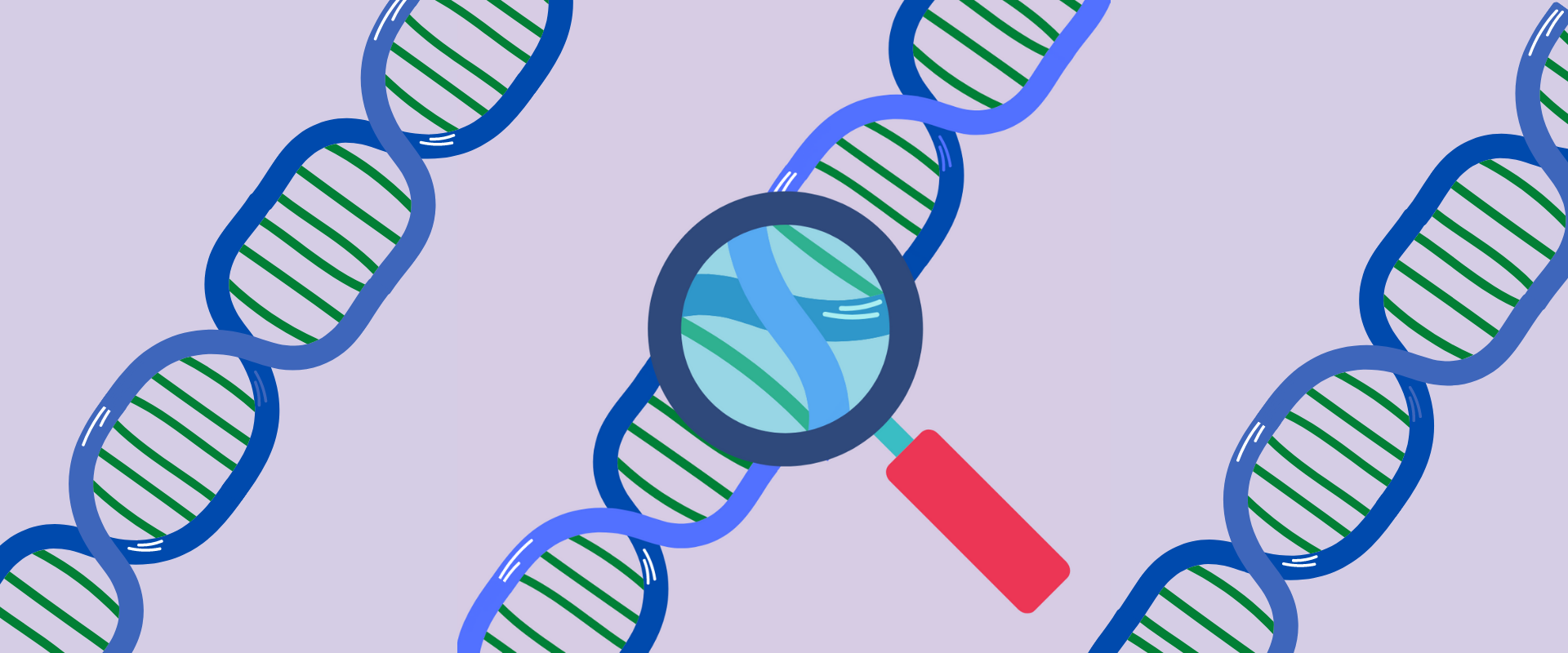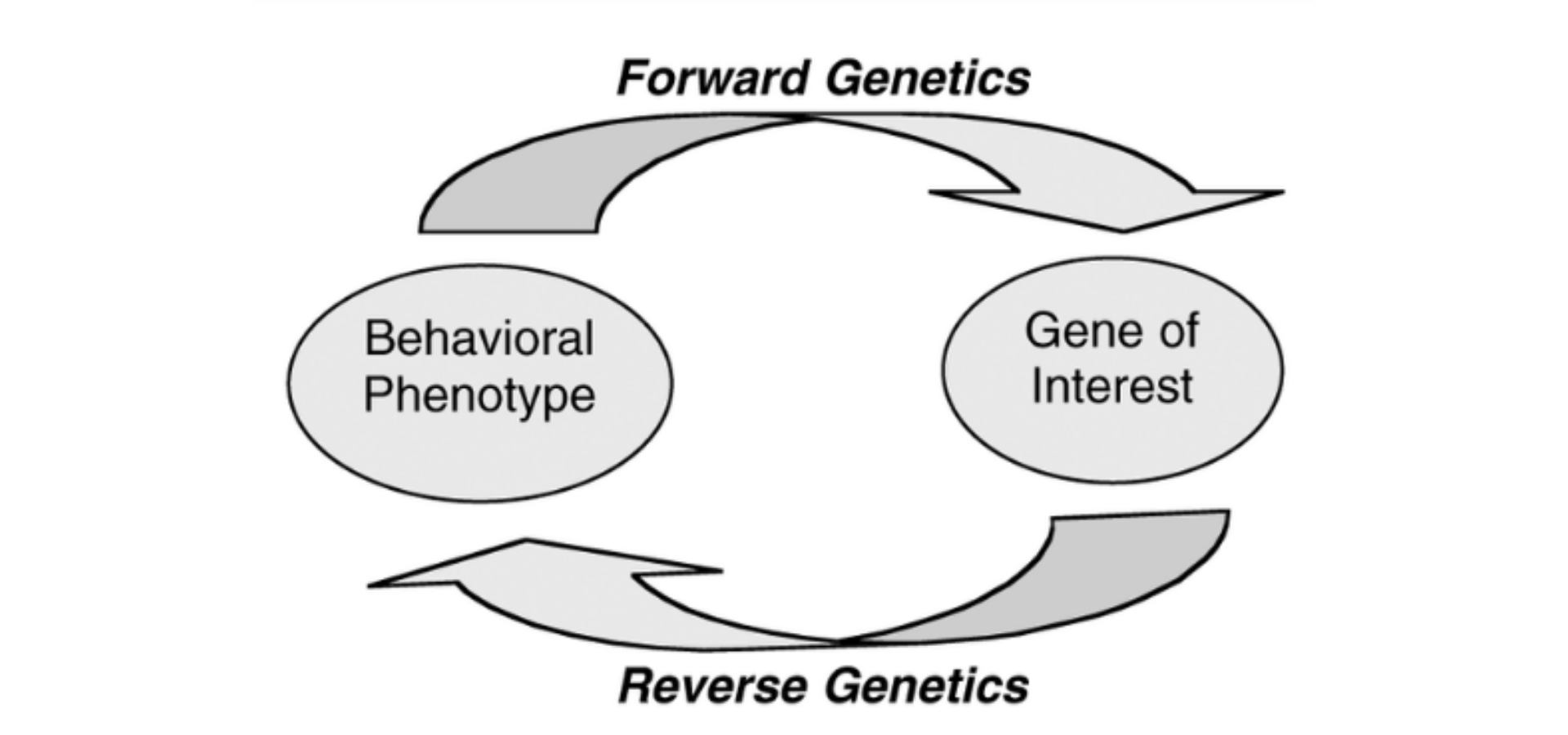Mutation Screens
Nov 27, 2020 | 3 min read

Nov 27, 2020 | 3 min read

A mutation screen is a strategy employed by geneticists to annotate the function of various genes in a model by implementing various mutations in the organism's genome and analyzing the difference it displays with respect to the control organism,
which is what we call the wild type.
This technique is employed in two different ways for two different overall themes of experiments:
1. If the researcher is interested in the function of a specific gene of interest. The technique involves specifically mutating that gene at various locations and evaluating the phenotype these mutants display. These techniques could be
Crispr-Cas9 genome editing, TALEN or using Zn Fingers. This is known as Reverse Genetics.
2. If the researcher is interested in looking for a gene that the phenotype is responsible for the experiment would involve random mutagenesis throughout the model either via environmental agents such as ultraviolet light or by chemical
means utilizing chemicals such as ethylmethane sulphonate (EMS). This is known as Forward Genetics.
In both these techniques, the researchers mutate the models genome and evaluate the phenotypic differences seen. Once an abnormal phenotype is detected, the mutated gene can be identified by linkage mapping and the gene can be sequenced.
Additional studies can then be performed to better understand the gene's functions.
Types of Screens:
1. Suppressor Screens: Suppressor screens are used to identify suppressing mutations. A suppressing mutation is seen to revert or alleviate a phenotype.
2. Enhancer Screens: Enhancer screens are used to identify enhancing mutations. An enhancing mutation is seen to enhance a phenotype.
3. Temperature Sensitive Screens: In mutants where a shift in the temperature, generally seen as an increase in temperature, is seen to develop a phenotype differing from the control a temperature sensitive screen is utilised. Here the
mutation in a specific gene makes it unstable at high temperatures.

Figure 1. Pathways of adaptive protein evolution. This schematic represents the procedure involved in a mutation screen.

Figure 2. This figure represents a simplified view of the process of forward and reverse genetics. In both of these techniques, the model's genome is mutated and the phenotypic differences thus seen are evaluated.